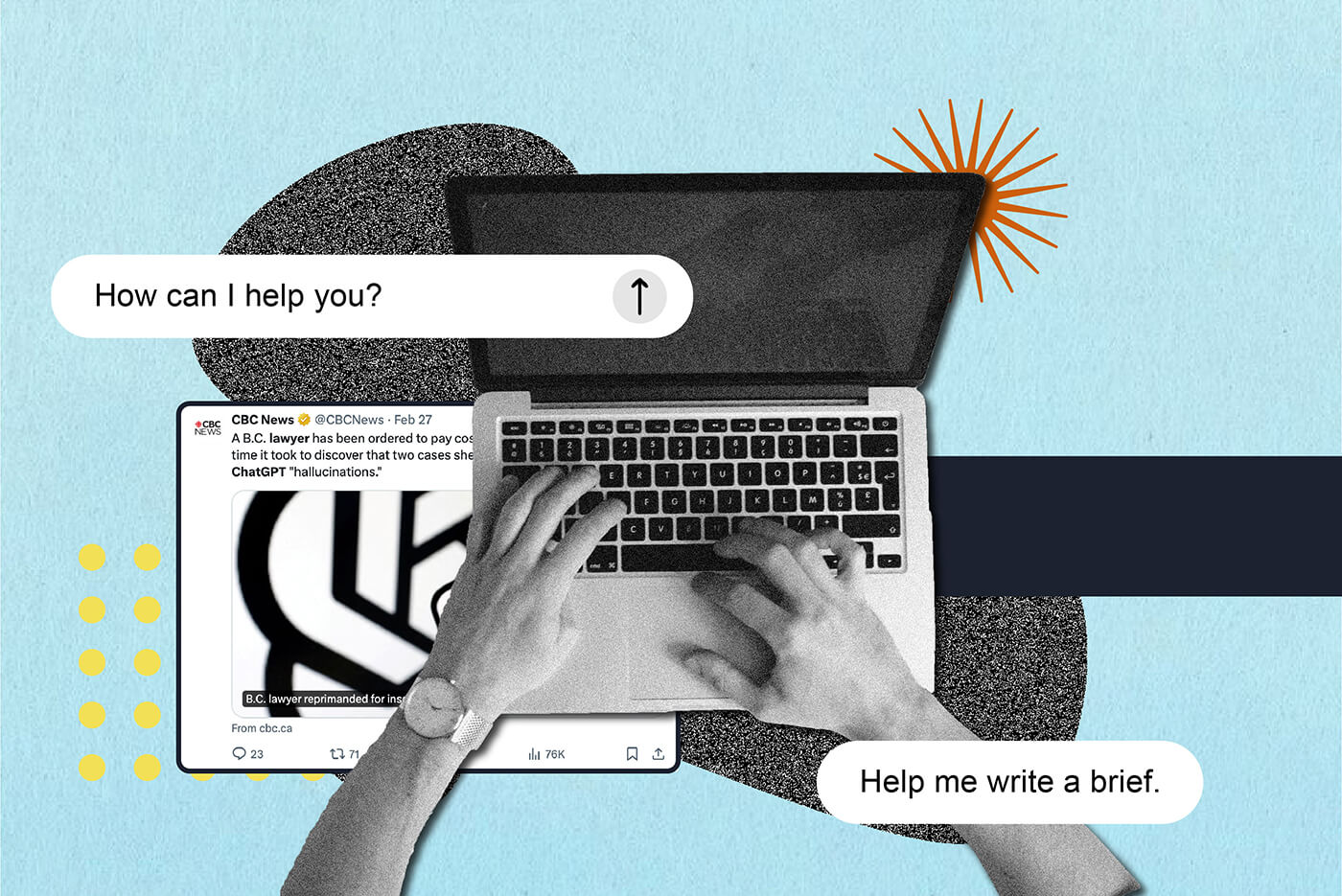AI, Hallucinations, and the Practice of Law

Generative AI: A New Frontier in Legal Technology
Generative AI is making waves in the legal profession, offering attorneys a powerful tool to enhance efficiency and productivity in their practices. While some may be hesitant to embrace this new technology, it is essential to understand its capabilities, pitfalls, and best practices for implementation. In this article, we will delve into the world of generative AI, exploring what it is, how it works, and how to use it responsibly in your law practice.
### Embracing Generative AI: A Path to Efficiency
As attorneys, we are often cautious about adopting new technologies, and rightly so. However, generative AI presents a unique opportunity to streamline our workflows and improve the quality of our work. By leveraging AI for tasks such as drafting documents, generating legal briefs, and analyzing data, we can enhance our productivity and provide better service to our clients.
### Understanding Generative AI: A Text Prediction Software
Generative AI operates by creating new content based on existing data, making it a valuable tool for generating text, summaries, and other written materials. By training on Large Language Models (LLMs), generative AI can predict text and produce high-quality content that is tailored to the user’s needs. This technology has the potential to revolutionize the legal industry by automating repetitive tasks and freeing up attorneys to focus on more complex and strategic work.
### The Dangers of Generative AI: Avoiding Hallucinations
One of the key risks associated with generative AI is the potential for hallucinations, or false information generated by the AI. Attorneys must be cautious when using AI to ensure that the information produced is accurate and reliable. Several high-profile cases have highlighted the dangers of relying on generative AI without proper verification, resulting in sanctions and disciplinary actions against attorneys.
### Best Practices for Using Generative AI Responsibly
To avoid the pitfalls of generative AI, attorneys should adhere to ethical obligations and responsibilities surrounding AI use. By verifying the output of AI programs, ensuring data privacy and confidentiality, and supervising the AI’s work, attorneys can harness the power of generative AI without falling into legal trouble. Companies like Smokeball offer AI technology that prioritizes data security and accuracy, enabling attorneys to use AI responsibly and effectively in their practices.
### Conclusion: Harnessing the Power of Generative AI
In conclusion, generative AI has the potential to revolutionize the legal profession, offering attorneys a powerful tool to enhance their practices. By understanding the capabilities and risks of generative AI, and implementing best practices for responsible use, attorneys can leverage this technology to improve efficiency, productivity, and client service. By embracing generative AI, attorneys can stay ahead of the curve and position themselves for success in an increasingly digital world.
### FAQs:
1. What is generative AI, and how does it differ from extractive AI?
Generative AI creates new content from existing data, while extractive AI finds relevant results within existing data. Generative AI is a text prediction software that generates new text based on patterns in existing data.
2. What are the dangers of using generative AI incorrectly?
The primary risk of using generative AI incorrectly is the potential for hallucinations, or false information generated by the AI. This can lead to sanctions, disciplinary actions, and reputational damage for attorneys.
3. How can attorneys use generative AI responsibly in their law practices?
Attorneys can use generative AI responsibly by verifying the output of AI programs, ensuring data privacy and confidentiality, and supervising the AI’s work. Companies like Smokeball offer AI technology that prioritizes data security and accuracy.
4. What are some cautionary tales of attorneys behaving badly with generative AI?
Cases such as Mata v. Avianca and Ex Parte Lee highlight the risks of relying on generative AI without proper verification. Attorneys have faced sanctions and disciplinary actions for using AI-generated false information in legal filings.
5. How can attorneys protect themselves from client confidentiality issues when using generative AI?
Attorneys can protect client confidentiality by using AI products with proper guardrails in place to ensure compliance with state bar rules. Verifying the AI’s output and supervising its work can help attorneys avoid confidentiality breaches and legal trouble.
By following these best practices and exercising caution when using generative AI, attorneys can harness the power of this technology to enhance their practices and deliver better outcomes for their clients.



